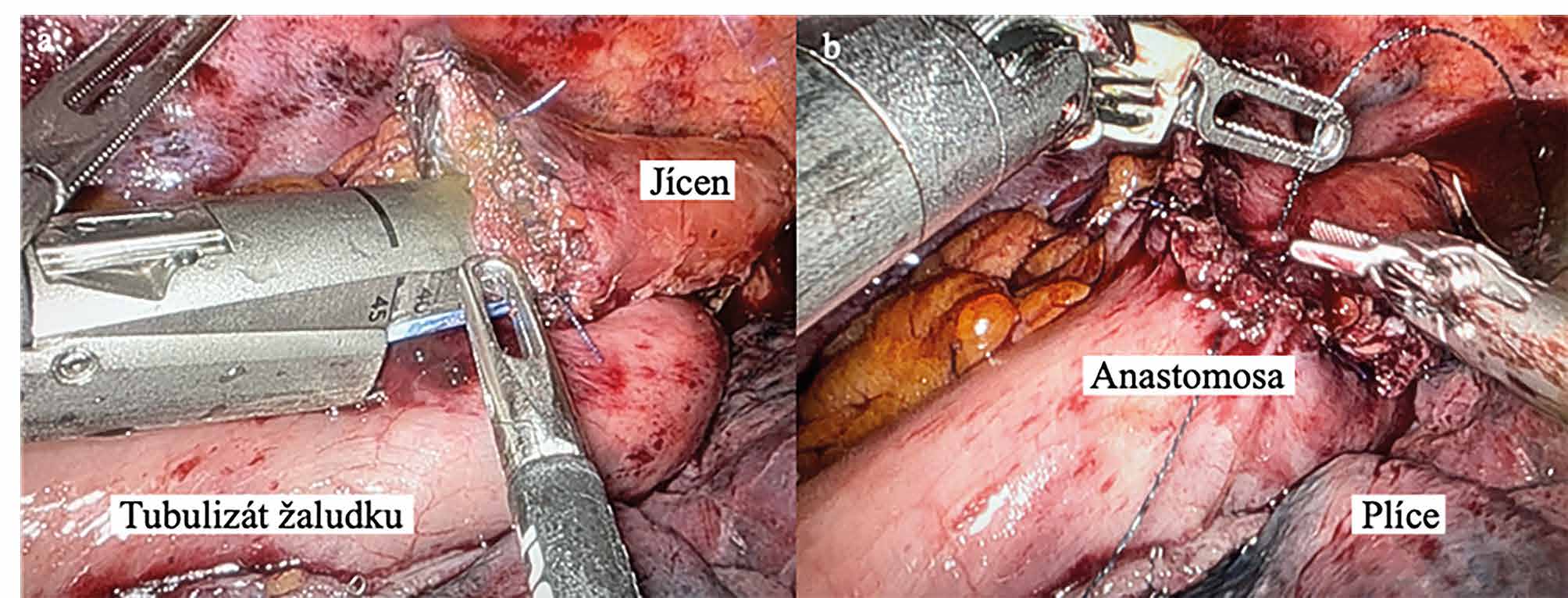Abstract
Introduction: Minimally invasive esophagectomy is associated with lower postoperative morbidity and better quality of life compared to open esophagectomy in patients with comparable oncological outcomes. Robotic-assisted surgery represents the next step in the development of minimally invasive surgery. We aim to present the results of a pilot cohort of patients undergoing robotic-assisted minimally invasive esophagectomy (RAMIE).
Methods: An initial cohort of patients with RAMIE was retrospectively analyzed. Operative characteristics, histopathological results, postoperative course, incidence of complications, and postoperative mortality were evaluated.
Results: From 3/2022 to 6/2023, a total of 31 patients underwent RAMIE at our institution, including hybrid RAMIE (robotic abdomen, open chest) in 11 and total RAMIE in 20 patients. Most patients were male, had locally advanced tumors, predominantly adenocarcinoma and neoadjuvant treatment. Thirty patients had Ivor-Lewis and one patient had McKeown esophagectomy. The median total operative time was 495 minutes and median blood loss was 200 mL. R0 resection was achieved in 87% of patients. A median of 26 lymph nodes were removed. Postoperative Clavien-Dindo ≥3 complications occurred in 9 (29%) patients. Four (13%) patients required reoperation. Anastomotic leak was found in 5 (16%) and pneumonia in 9 (29%) patients. The median hospital stay was 9 days. One patient died in the postoperative period. Thirty-day and 90-day mortality rates were 0% and 3.2%, respectively.
Conclusion: Our initial experience shows that RAMIE is a safe surgical procedure and we consider its implementation at our institution to be successful. After overcoming the learning curve, we hope to reduce the operative time and increase the medical benefit for the patient.


